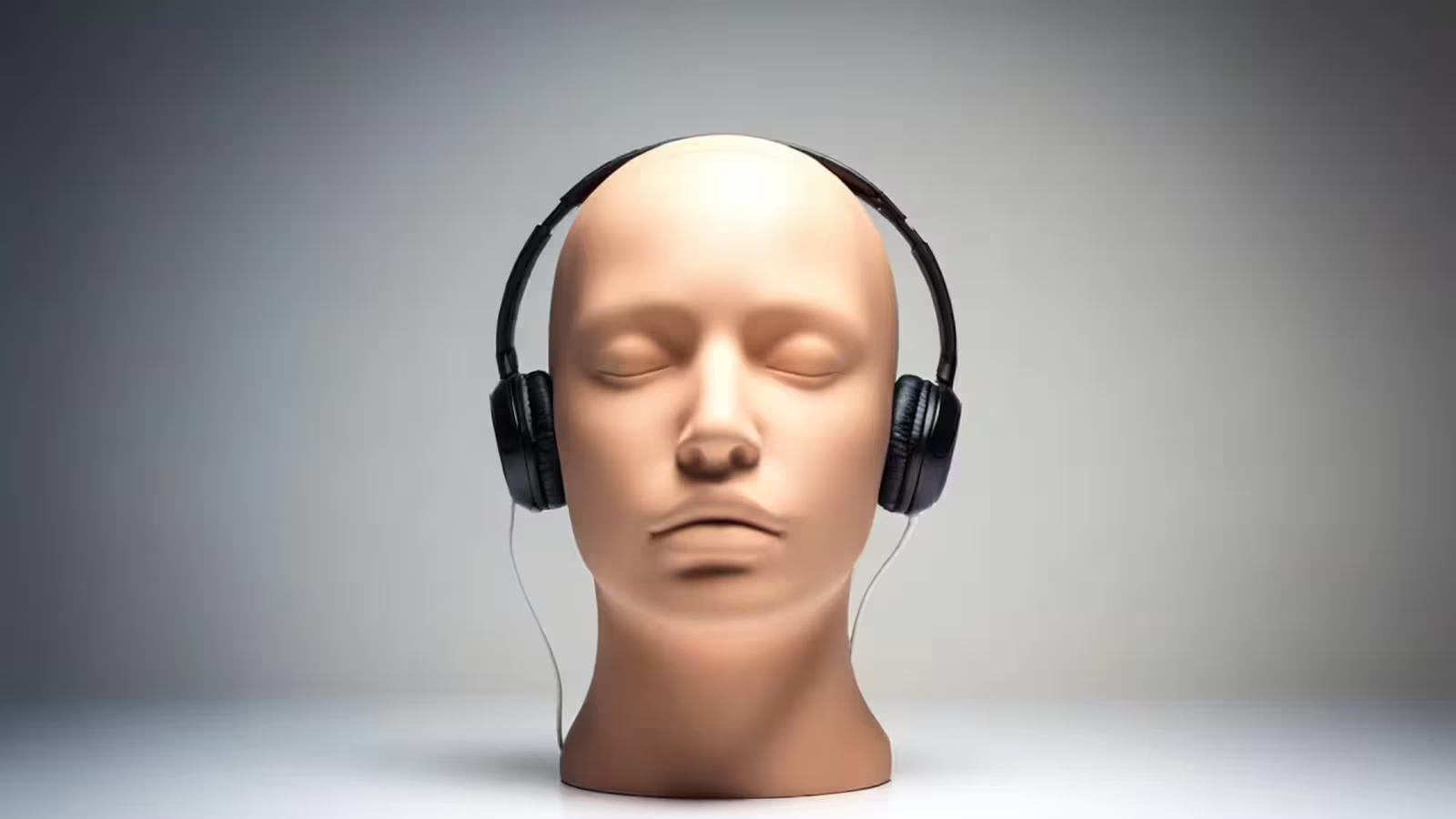4 Minutes
Introducing Audible Enclaves: The Future of Personal Audio
Imagine a world where you can listen to music, podcasts, or any audio content out loud, all without the need for traditional headphones—and without disturbing anyone around you. This futuristic vision is becoming a reality, thanks to an innovative research project at Penn State University. The team, led by acoustic science expert Professor Yun Jing, has developed a groundbreaking technology that creates "audible enclaves," allowing sound to exist only in precise, targeted locations.
How Does the Technology Work?
This innovation relies on the advanced use of ultrasonic waves—normally inaudible to human ears—combined with sophisticated acoustic metasurfaces. These metasurfaces act like special audio lenses, bending and directing sound along curved paths. By generating two distinct ultrasonic beams and carefully focusing them so they intersect at a single point, the system creates a localized audio zone. Only at this intersection can sound be heard, forming a private listening space akin to a "virtual sound bubble."
Each ultrasonic beam is transmitted at a slightly different frequency. When these frequencies merge at the focal point, they produce audible sound through a process called heterodyning. On their own, the beams remain silent, ensuring privacy and precision. The metasurface lenses, produced using cutting-edge 3D printing techniques by Dr. Xiaoxing Xia from Lawrence Livermore National Laboratory, play a crucial role in steering the sound exactly where it's needed.
Rigorous Testing and Impressive Results
To ensure this concept worked in practice, researcher Jia-Xin "Jay" Zhong and the team used life-like head and torso simulators equipped with sensitive microphones. Their tests demonstrated that only at the pre-defined intersection point could audio be detected, confirming the effectiveness of the audible enclave.
One of the standout features of this technology is its wide frequency range, operating between 125 Hz and 4 kHz—covering nearly the entire spectrum of everyday human hearing. The system is also impressively compact, measuring just 16 centimeters, making it suitable for integration into modern consumer electronics.
Key Features and Advantages
- Private Listening Without Headphones: Creates individualized audio zones, enabling private listening experiences even in shared environments.
- Ultra-Precise Directionality: Only the listener standing in the targeted zone hears the audio; others remain unaware.
- Wide Frequency Support: Covers most voice and music frequencies for natural, rich sound.
- Compact Design: Small enough for portable or built-in applications, with straightforward setup.
- Room Adaptability: Maintains performance in environments where sound typically scatters, such as open-plan offices or classrooms.
Comparison with Traditional Technology
Conventional headphones and directional speakers often come with trade-offs such as limited privacy, bulky size, or sound leakage. In direct contrast, this ultrasound and metasurface-driven approach offers the immersive benefits of headphones without physical contact, wires, or the inconvenience of frequent charging.
Potential Applications and Market Impact
This "virtual headset" opens up endless use cases:
- Automotive: Facilitate private conversations or entertainment in shared vehicles
- Open Offices: Enable individualized audio experiences without distractions
- Classrooms: Personalize learning materials without disrupting group activities
- Public Spaces: Deliver targeted information or entertainment in airports, museums, or retail environments
With its ability to direct sound precisely and privately, this emerging technology could redefine how we interact with audio. While current versions transmit sound up to one meter with a volume comparable to regular conversation (around 60 decibels), the research team is confident about extending both range and volume by refining the ultrasound power.
The Future of Personalized Audio
By solving the challenge of precise audio delivery, this technology represents a major leap forward in sound engineering and user experience design. For tech enthusiasts, audio professionals, and anyone passionate about digital innovation, audible enclaves may soon transform the way we think about personal listening—heralding a new era where listening is effortless, immersive, and entirely personalized.
Source: neowin



Comments